The Beloved Hoyas: Care And Repotting Tips
Some many beloved Hoyas, so little room! There are over 200 species of Hoyas out there with a diverse array of foliage color and shape as well as flower color and form. These tropical plants, many of them epiphytic succulents, are vines and some are shrubs. All of them so very interesting in my book. I grow my Hoyas outdoors here in Santa Barbara but I’m giving care tips for them indoors too because they always have been and are now ever popular houseplants.
I love their fleshy, glossy leaves and their unique waxy flowers. I remember seeing quite a few of these twining plants in homes and greenhouses growing up In New England. Many of them were in hanging baskets and we had one that had trails which were at least 6′ long. Exotic as they are, they’re not hard to care for at all.
Some Of Our General Houseplant Guides For Your Reference:
- Guide To Watering Indoor Plants
- Beginner’s Guide To Repotting Plants
- 3 Ways To Successfully Fertilize Indoor Plants
- How to Clean Houseplants
- Winter Houseplant Care Guide
- Plant Humidity: How I Increase Humidity For Houseplants
- Buying Houseplants: 14 Tips For Indoor Gardening Newbies
- 11 Pet-Friendly Houseplants
This is the flower of my Hoya carnosa “variegata”. The common name is Wax Flower, Porcelain Flower or Honey Plant. You can see the clear nectar oozing out of the center of the flower.
Here’s what I’ve learned over the years about caring for Hoyas:
Light: Outdoors Hoyas like bright shade. Indoors they like bright, indirect light. This is not a plant to hang in a hot, sunny window. It will fry in no time
Water: Like the majority of plants, water more in the summer & less in the winter. Water thoroughly and let it drain out of the pot. Make sure the top 1/2 of the soil dries out before watering again. I water mine in the garden every 10-14 days. I’m sure you know this but it’s worth a repeat – the warmers the temps are, the more often you’ll need to water.
In the winter, water sparingly. Indoors they will dry out slower so that may be every 4 weeks. Remember, Hoyas are succulents so no matter the season, don’t overdo it with the water.
Temperature: They bloom when it’s warm & prefer it cooler in the winter months. They don’t like excessive air conditioning or conversely, heat. Keep them out of any cold or hot drafty spots. Mine grow outdoors in a temperate climate so mother nature provides them with these seasonal changes they need to grow & thrive.
Here’s my Hoya carnosa “variegta” before & after its transplant with care tips in the middle:
Fertilizer: I apply a good dose of worm castings every spring to nourish my Hoyas. Now that the 1 you see here in these pics & the video has been moved to a shadier spot & into a bigger pot, it’s happy as can be. Plus, it’s been flowering quite a bit & there are at least 7 more blooms on the way.
You might want to check out this Hoya plant food. Feed it 2 or 3 times in early spring through summer. Back off in the fall & winter months because the plants need to rest.
Repotting/Soil: Regarding transplanting & repotting, don’t think your Hoya will need it every year. They actually like being pot bound & you’ll get a better bloom if you leave them be for a few years. I hadn’t repotted mine for 3 years & did it because the soil was way down in the pot. And, I didn’t jump up too big in pot size – you can see the difference in the video. It’s best to do the repotting in the early spring to early summer.
In terms of soil, Hoyas like a nice & rich mix. Most of them are epiphytic & are used to having rich matter fall on them from above. The mix I concocted was a blend of organic potting soil, compost, worm castings & orchid grow mix (which is a combo of fine fir bark & perlite). Because they are epiphytes just like orchids & need excellent drainage, the bark is a fine additive. You can also add charcoal, leaf mold or coco coir.
Pruning: When mine was growing up the patio umbrella, I can’t remember ever pruning it. During the transplant process I did cut off one of the stems to use as a propagation experiment. When I was training it on the hoops, I cut off the dead ends. You get the picture, I don’t prune this plant much at all.
You can prune it to control the size, make it more bushy, to thin it out or remove any dead growth. I’ve never pruned off those short stalks from which the flowers emerge because new fluorescences will develop on them.
Here’s my Hoya before being repotted, training & relocated. You can see it was definitely bleached out.
Training: In their native environments, Hoyas can trail up to 20′. They climb up trees, over pergolas & arches & up columns. They are twining vines, so if you’re going to train it then you’ll need to attach it to whatever you’re training it on. Indoors they’re usually seen as hanging plants but can be trained on trellis’ and hoops. Stay tuned, because my next post & video will be on how I trained this Hoya.
Propagation: I propagate mine in water from cuttings. I go down stem 3-7 nodes on the stem & make a cut at an angle. I have a separate post & video on my pruning experiment coming soon. You can also propagate those stem cuttings or individual leaf cuttings in a light mix formulated specifically for this purpose. Lastly, they propagate (slowly!) by seed too.
Pests: Outdoors mine get a light infestation of golden aphids & sometime mealybugs towards the end of summer. I just take the garden hose & gently blast them off.
Indoors they most commonly get mealybugs. Keep your eye out for spider mite, scale & aphids. Use horticultural oil or insecticidal soap to control them. You can also make your own blends.
Flowers: Saving the best for last – Hoya flowers are beautiful! Their waxy, star-like blooms are intriguing & can be found in many colors, sizes & forms depending on the species of Hoya. Some bloom in the first year & others take a few years to establish before they bloom. My Hoya carnosa “variegata” took almost 3 years to bloom by the way, so be patient.
Sound the trumpets please – these wonderful flowers are fragrant too, especially in the evening. The icing on the floral cake!
Indoors they take longer to bloom, depending on the species. If yours is indoors & has never bloomed, it’s most likely not getting enough light.
This is how the flower buds look. And, don’t cut the stems of the flowers off after blooming.
I love Hoyas and plan on getting a few more. Because they are so easy to root, I plan on buying cuttings. I’ve left a couple of sites down below for you to peruse for you own Hoya viewing and possibly purchasing pleasure. Now the hard part, which Hoyas to choose!
Happy gardening,
So many Hoyas.
Here you can buy Hoya cuttings.
YOU MAY ALSO ENJOY:
- Repotting Monstera Deliciosa
- How & Why I Clean Houseplants
- Monstera Deliciosa Care
- 7 Easy Care Floor Plants For Beginning Houseplant Gardeners
- 7 Easy Care Tabletop & Hanging Plants For Beginning Houseplant Gardeners
This post may contain affiliate links, you can read our policies here.
- About the Author
- Latest Posts
Nell, the founder of Joy Us garden, was born into a gardening family and grew up in Connecticut’s countryside. After living in Boston, New York, San Francisco, & Santa Barbara, she now calls the Arizona desert home. She studied horticulture & garden design, working in the field all her life. Nell is a gardener, designer, blogger, Youtube creator, & author. She’s been gardening for a very long time & wants to share what she’s learned with you.
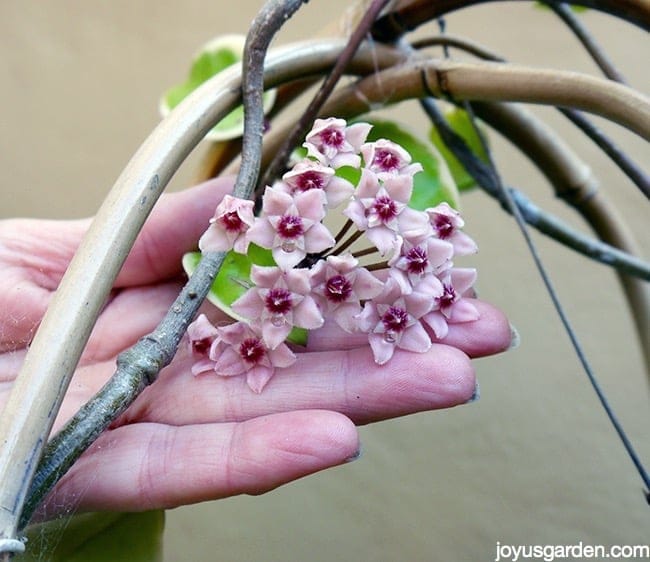
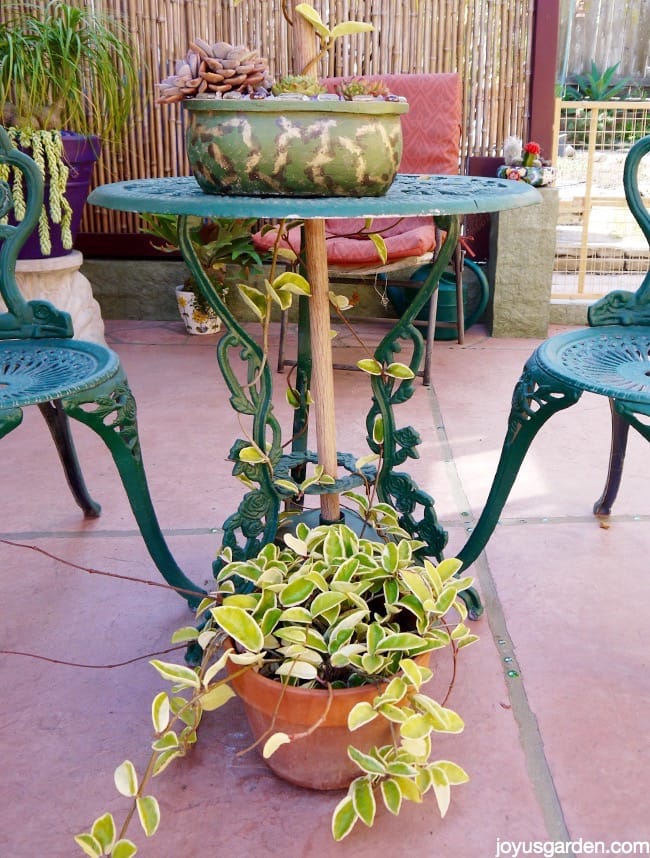
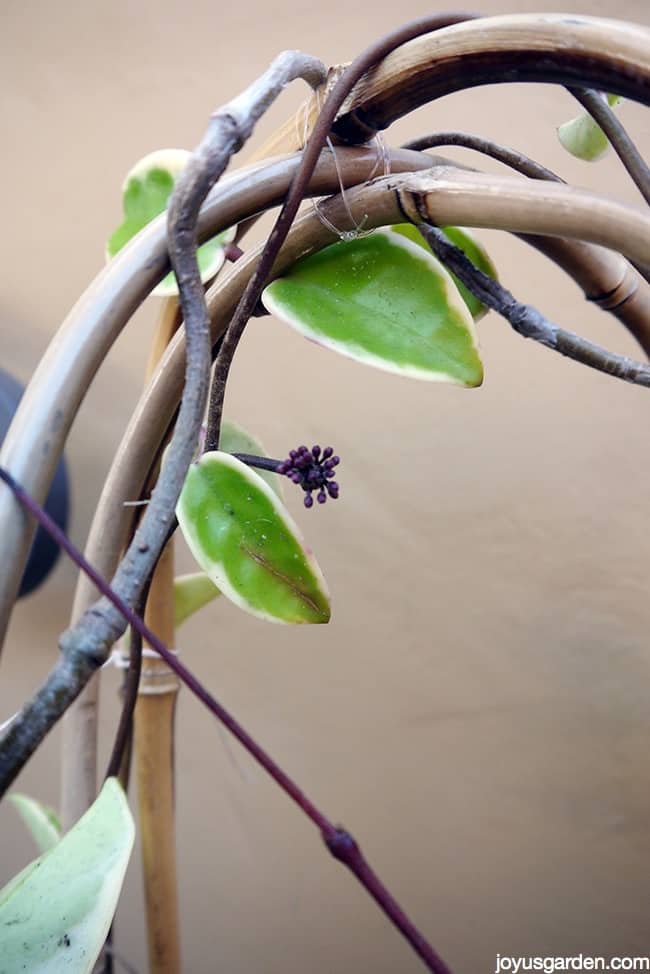


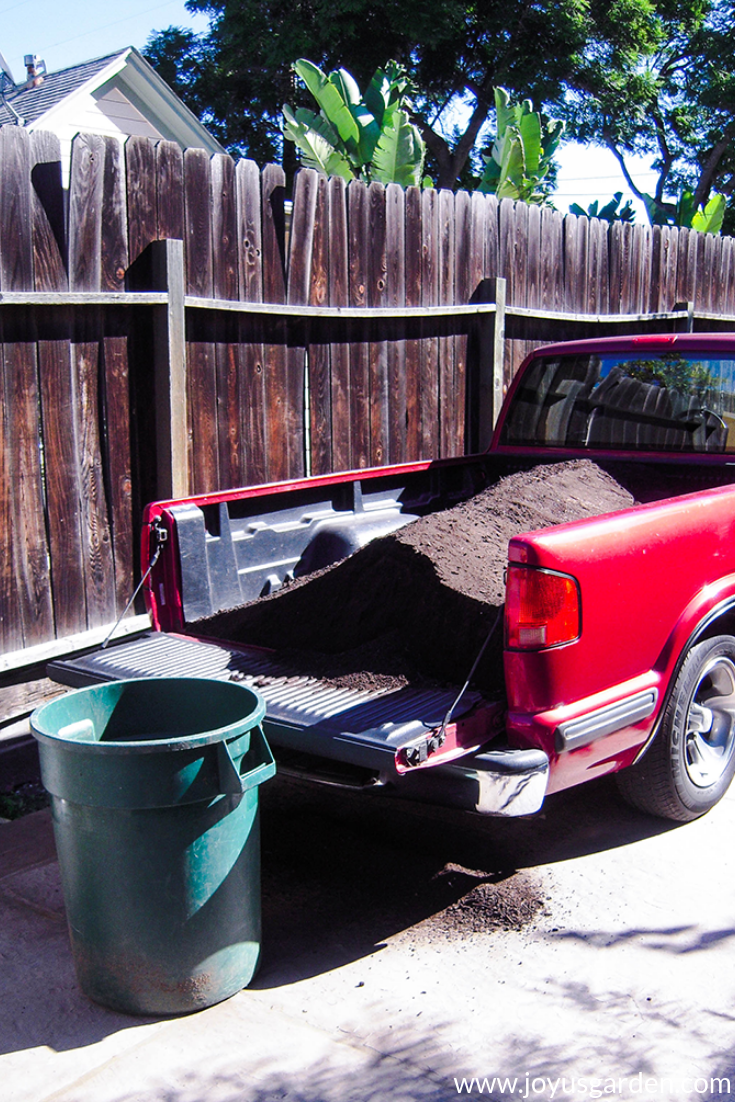
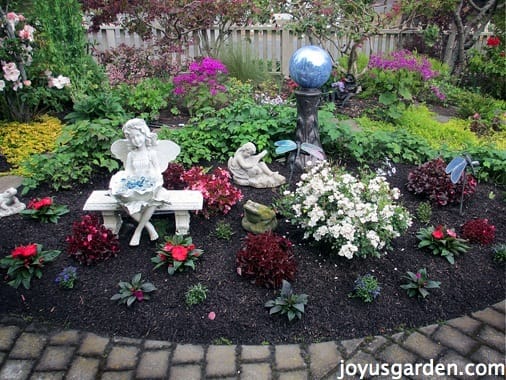
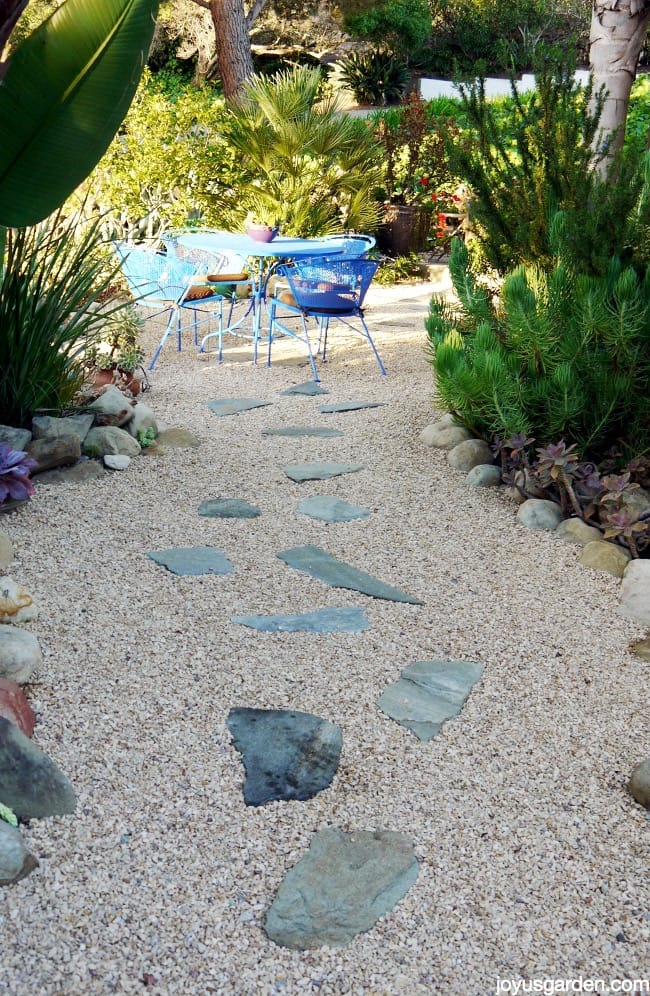
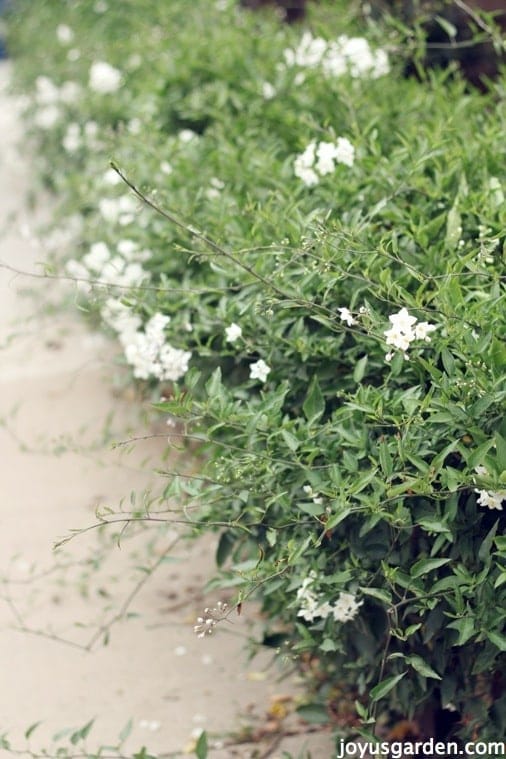
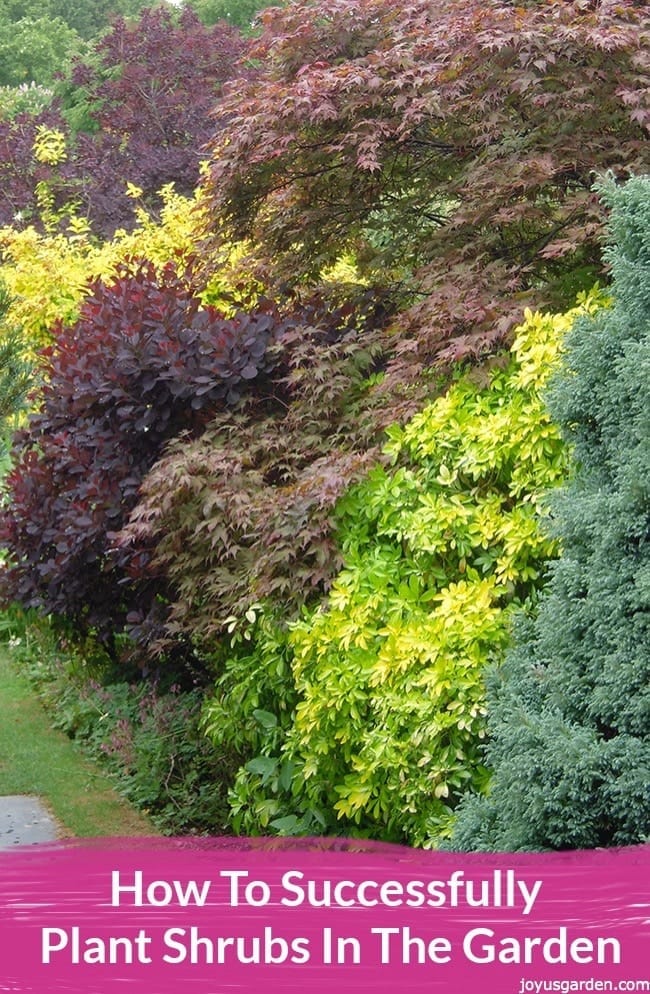


Hi Morgan – Thank you! I have 6 Hoyas & love them too. They don’t mind be a bit potbound at all so you can wait until the time is right. This will help: https://www.joyusgarden.com/hoya-houseplant-repotting/ Nell